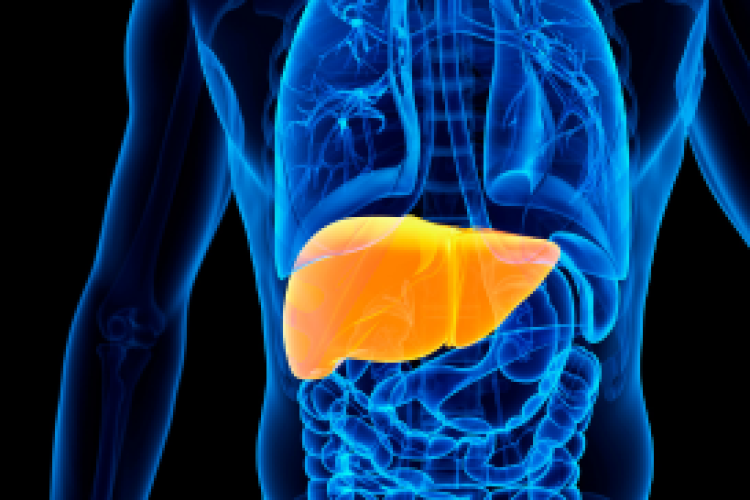If you have shoulder pain, it may not be obvious whether you should see a doctor about it, or try to tough it out with over-the-counter pain relievers, ice, and rest. If your shoulder aches after an activity such as shoveling snow, you can most likely give it time to heal. But if you experience pain after falling, have a significant strain injury or feel a pop or tearing sensation in your shoulder, then it’s important to see a doctor as soon as possible, says Jason Fond, MD, Director of Orthopedic Surgery, Montefiore Nyack Hospital.
“If you feel sudden, significant pain, time is of the essence because you may have a rotator cuff tear or other injury,” Dr. Fond stated.
Rotator Cuff Injuries
The rotator cuff is a group of muscles and tendons that surround the shoulder joint, holding the shoulder in the correct position. It helps support the movement of the shoulder joint and is subject to considerable wear and tear. You can injure the rotator cuff by a traumatic event or from overuse.
If you have shoulder pain, your doctor may ask about the timing of the pain, history of any injury you’ve had, or if there’s difficulty with strength or motion. It’s important to know where the pain is, Dr. Fond said. “Many patients think because they have pain in their arm that it can’t be a shoulder problem. But rotator cuff problems often can cause pain in the upper arm and neck region.”
The doctor will perform a physical exam, and will order X-rays. The doctor may also order an MRI if there is concern about soft tissue damage.
Treatment
If you have a rotator cuff injury, the doctor will first recommend non-surgical treatment, such as an anti-inflammatory medication (Motrin) or over-the-counter pain reliever (Tylenol) and physical therapy.
Another option is a cortisone injection for tendinitis or bursitis of the shoulder. “This is a direct, effective way to reduce inflammation and pain in the shoulder,” Dr. Fond said. “But if you give too many injections in one area, it can cause damage to the tendon.”
If non-surgical treatments aren’t successful in reducing pain, the next step is to consider surgery.
Most rotator cuff surgery today is done on an outpatient basis using an arthroscope, a tiny camera. “Three or four little holes are made in the shoulder, and the damage is evaluated from different angles,” Dr. Fond said. “I choose the treatment technique depending on what is found at the time of surgery.” Typically, surgery is not required unless there is a complete tear of the rotator cuff.
Recovery From Surgery
After surgery, a person will feel uncomfortable for several weeks. “The patient will need to wear a sling day and night for three weeks, and then during the day for another three weeks,” Dr. Fond said. Physical therapy starts two to three weeks after surgery. For pain management, he recommends ice to reduce inflammation, as well as non-steroidal anti-inflammatory medications and pain relievers.
It takes three months for the tendons to heal, and full recovery can take six to 12 months.
There’s no definite way to avoid a rotator cuff injury, but Dr. Fond says keeping strong and fit is the best way to prevent one. “Maintaining strength and flexibility will help patients heal from injury and recover well following surgery,” he said.
For more information about shoulder pain or to schedule a consultation, call The Joint Replacement Center at Montefiore Nyack Hospital at 845-348-7489 or visit montefiorenyack.org/joint-replacement.



 Upcoming Events
Upcoming Events



